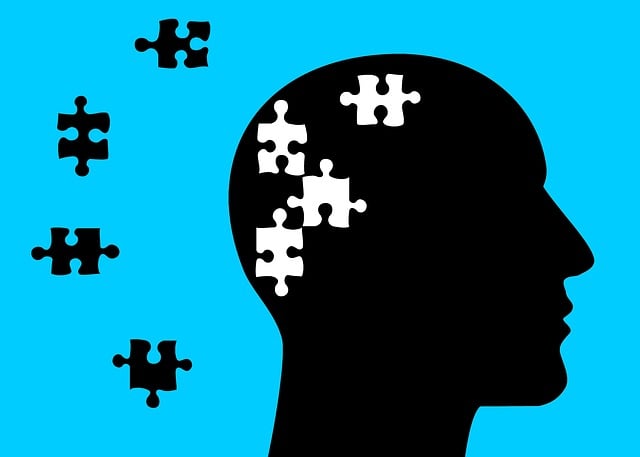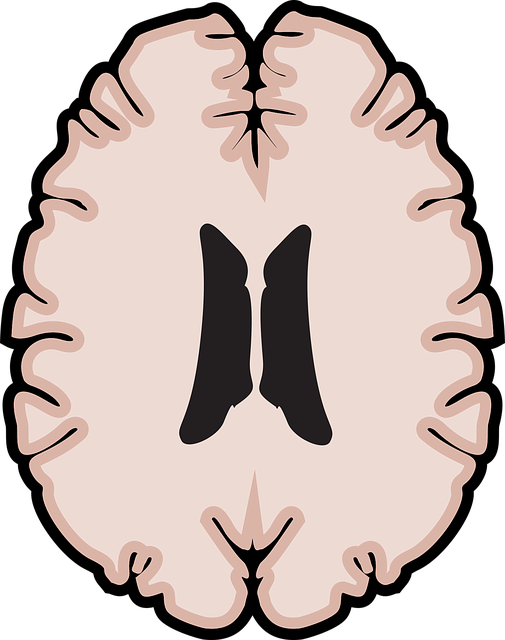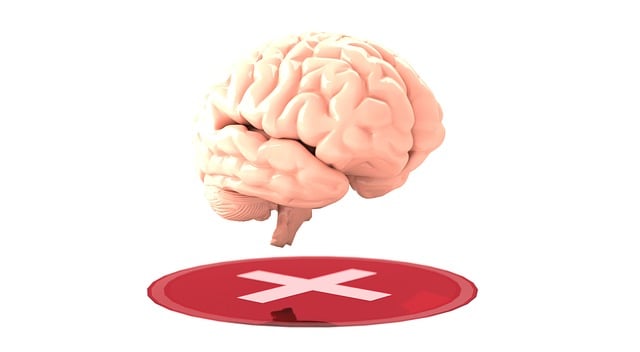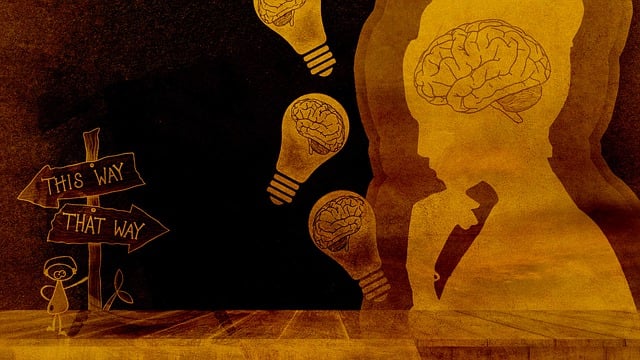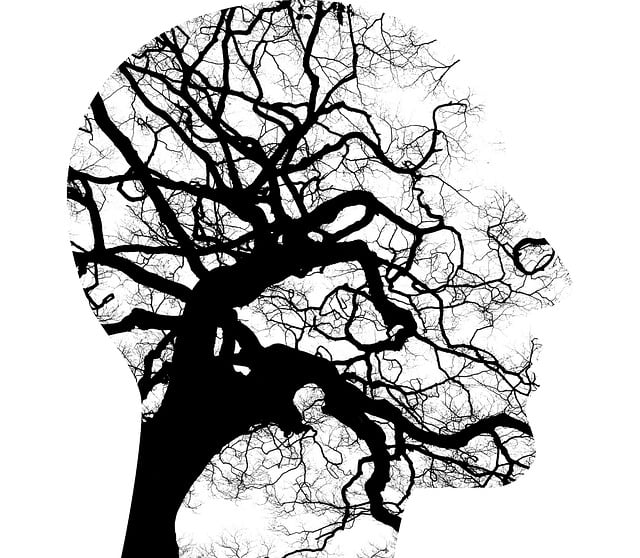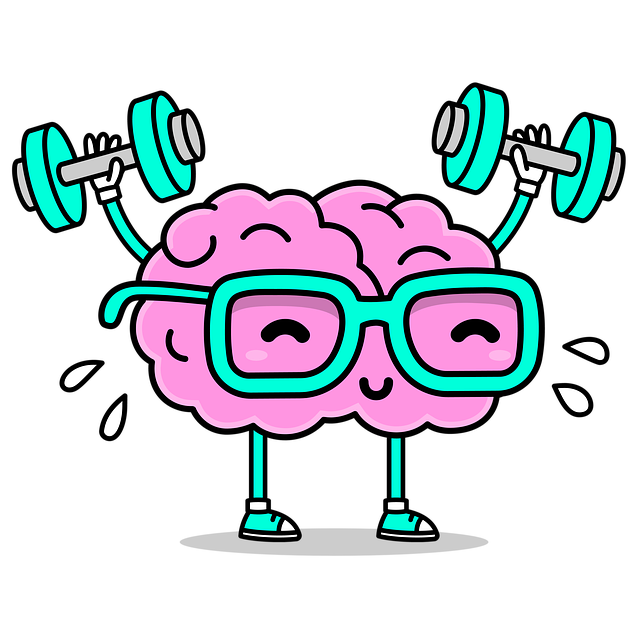Parker Adolescent and Teen Therapy (PAT) emphasizes the power of positive thinking as a key component in improving mental health for youth. They offer tailored strategies, like mindfulness, gratitude journaling, and cognitive reframing, to help teens navigate challenges and build resilience. PAT's holistic approach integrates cultural sensitivity and includes age-specific activities, from storytelling for younger children to CBT for adolescents. They promote open communication, self-care, and risk management planning to ensure positive thinking becomes an integral part of a teen's life, fostering hope, empowerment, and long-term mental well-being.
Positive thinking exercises are powerful tools for fostering youth well-being, offering a proactive approach to mental health. This article delves into the concept of positive thinking as a foundational practice for adolescents, exploring its benefits and practical applications. We present the Parker Adolescent and Teen Therapy method, a structured framework designed to integrate these exercises into therapeutic settings. Through age-specific activities, we guide readers on creating meaningful experiences, ultimately enabling professionals to sustain positive thinking habits in daily practices.
- Understanding Positive Thinking: A Foundation for Youth Well-being
- Parker Adolescent and Teen Therapy: An Approach to Integrate Positive Thinking Exercises
- Designing Effective Positive Thinking Activities for Different Age Groups
- Strategies for Implementing and Sustaining Positive Thinking in Daily Practice
Understanding Positive Thinking: A Foundation for Youth Well-being

Positive thinking is a powerful tool that can significantly impact an individual’s overall well-being, especially among youth. At Parker Adolescent and Teen Therapy, we believe that cultivating a positive mindset is a foundational step towards fostering mental health and resilience in younger individuals. By encouraging adolescents to focus on optimism, gratitude, and constructive self-talk, they can develop a more adaptive and healthy way of navigating life’s challenges.
This approach not only enhances their ability to cope with stress but also contributes to better Mental Health Awareness and Self-Care Routine Development. Through simple yet effective exercises, communication strategies, and mindful practices, teens can learn to reframe negative thoughts, boost self-esteem, and improve overall mood. Positive thinking becomes a catalyst for personal growth, helping them build resilience and a more optimistic outlook on life.
Parker Adolescent and Teen Therapy: An Approach to Integrate Positive Thinking Exercises

Parker Adolescent and Teen Therapy (PAT) offers a unique and holistic approach to integrating positive thinking exercises into treatment plans for young individuals. This therapeutic method recognizes that fostering resilience and optimism is crucial for adolescents navigating personal challenges, including trauma or mental health issues. PAT’s strategy involves tailoring positive thinking practices to suit the diverse cultural backgrounds of its clients, emphasizing Cultural Sensitivity in Mental Healthcare Practice.
By incorporating techniques such as mindfulness meditation, gratitude journaling, and cognitive reframing, PAT aims to empower teens with tools to challenge negative thought patterns. These exercises are designed not only to enhance overall well-being but also to provide effective trauma support services. The approach ensures that positive thinking becomes an integral part of the client’s daily life, promoting a sense of hope and empowerment in their journey towards recovery and personal growth.
Designing Effective Positive Thinking Activities for Different Age Groups

Designing Positive Thinking Activities for Different Age Groups requires tailoring approaches to suit individual needs and developmental stages. For younger children, activities might involve storytelling, drawing, or playing games that encourage optimism and positive self-talk. These can be integrated into playdates, school programs, or family routines to create a fun learning environment.
As adolescents navigate the complexities of adolescence, strategies should focus on building resilience and emotional coping mechanisms. The Parker Adolescent and Teen Therapy approach emphasizes evidence-based techniques such as cognitive behavioral therapy (CBT) combined with positive thinking exercises. These could include journal prompts, gratitude lists, or guided visualizations to promote self-awareness and a more optimistic outlook, supporting their emotional healing processes. Encouraging open discussions about mental wellness through the Mental Wellness Podcast Series Production can also foster a supportive community where young adults feel heard and understood, further reinforcing positive thinking habits.
Strategies for Implementing and Sustaining Positive Thinking in Daily Practice

Implementing and sustaining positive thinking requires a multi-faceted approach tailored to individual needs. At Parker Adolescent and Teen Therapy, we emphasize practical strategies that can be incorporated into daily routines. One effective method is cultivating gratitude by dedicating a few minutes each day to reflect on and appreciate positive aspects of life. This simple practice can significantly shift one’s perspective towards the optimistic.
Additionally, our therapy sessions focus on Empathy Building Strategies and Self-Care Practices. Encouraging open communication and teaching coping mechanisms helps individuals navigate challenges with resilience. For mental health professionals, integrating Risk Management Planning is vital to ensure well-being and prevent burnout. By combining these approaches, we empower individuals to embrace positive thinking not just occasionally but as an integral part of their lives.
Implementing positive thinking exercises, as demonstrated by Parker Adolescent and Teen Therapy, offers a powerful approach to enhancing youth well-being. By designing activities tailored to different age groups and employing strategies for sustained practice, we can create a supportive environment that fosters resilience and optimism. These techniques not only contribute to individual growth but also have the potential to revolutionize how we navigate challenges, ultimately enriching the lives of young people.
